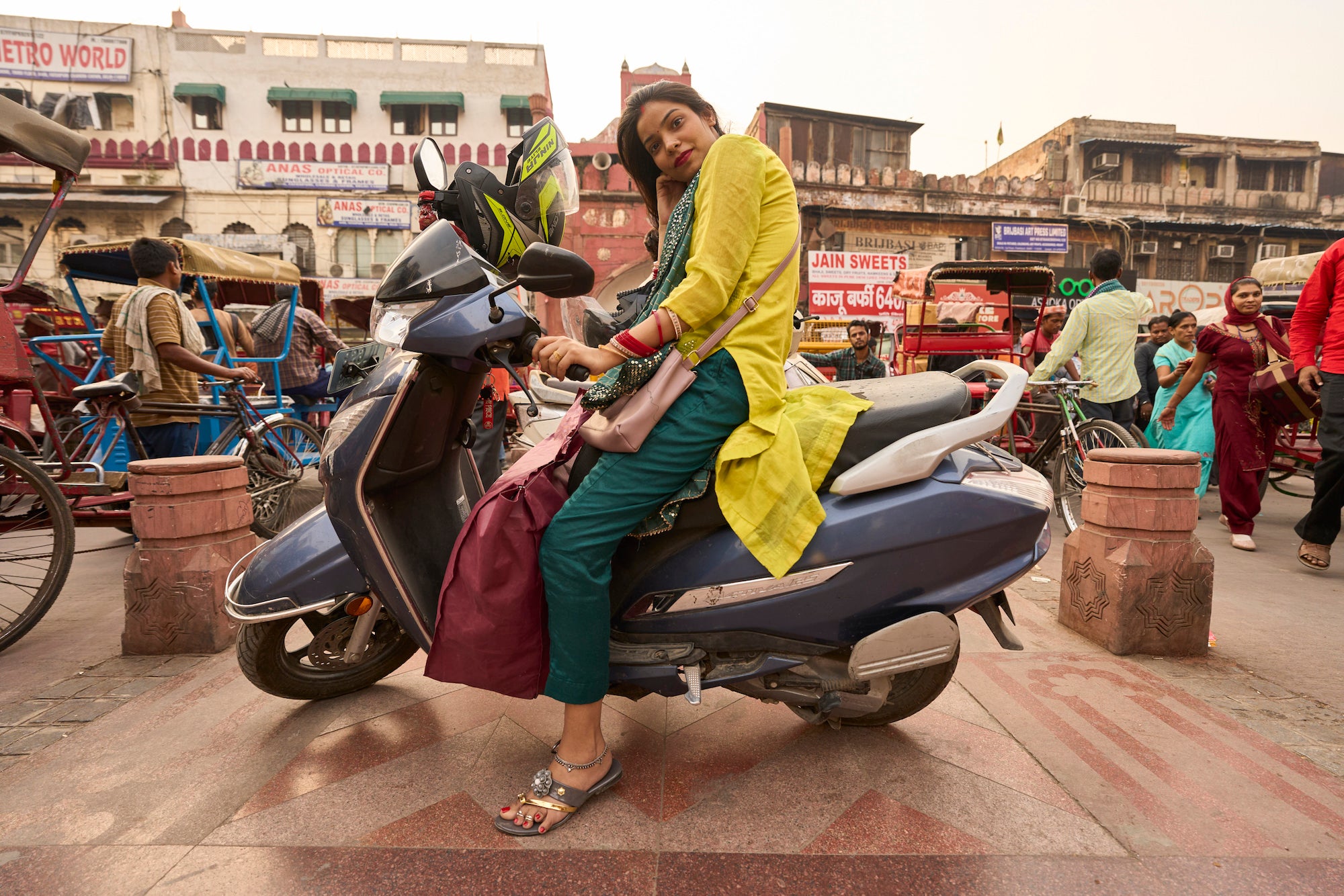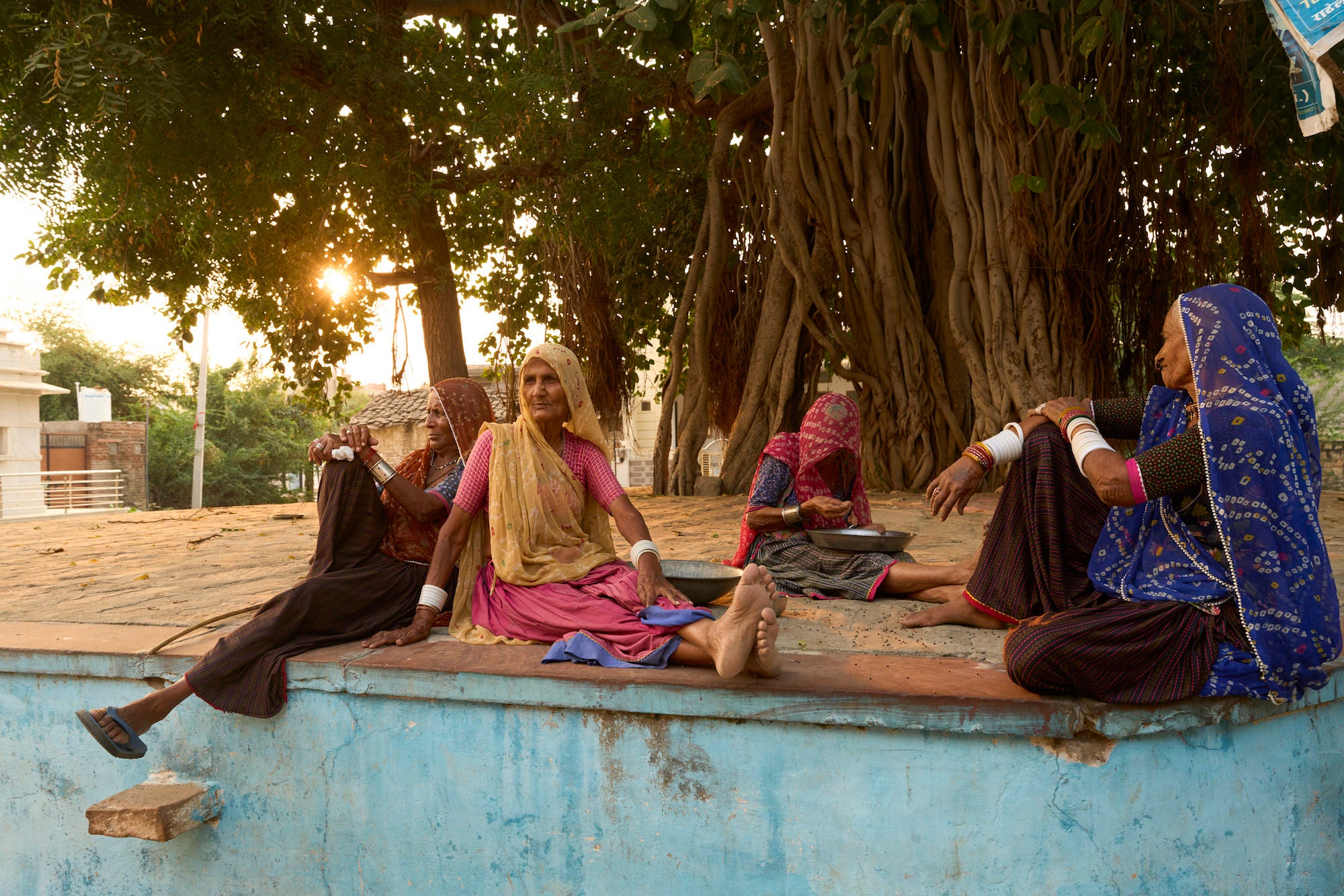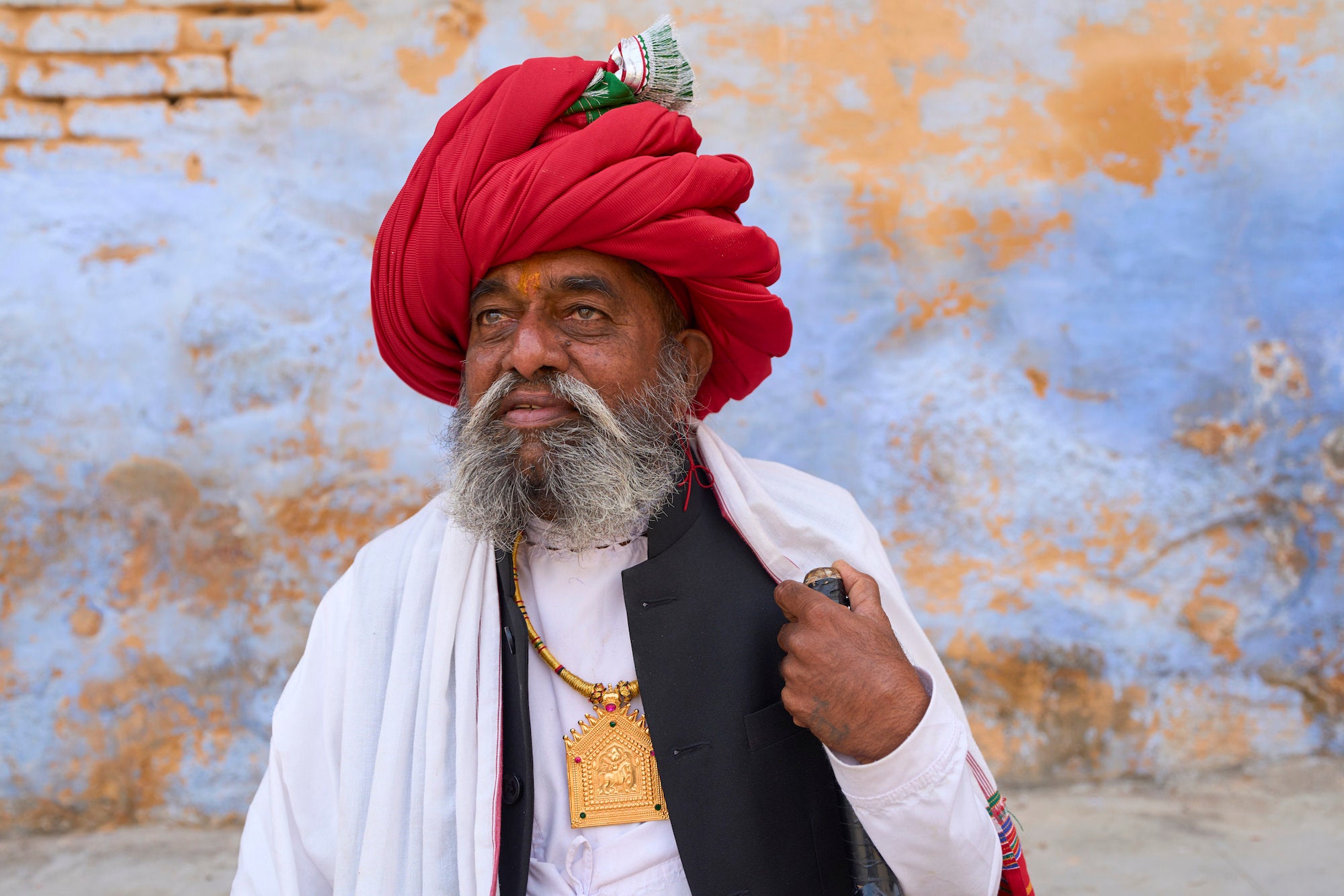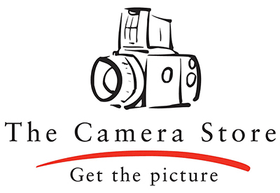Guest Author: Sony Alpha Universe – To read the original article, click here.
National Geographic pro Ira Block can best be described as a cultural documentary photographer. When traveling through various countries, he envelopes himself in the culture and the people in order to respectfully tell their stories visually. The gear he uses to do that is carefully curated for both the rigors of travel as well as versatility and unobtrusiveness. On a recent trip to India, Block used the Sony Alpha 7C II. “When I'm with local cultures, which I like to photograph, and I'm in situations where I don't want to be obtrusive – these smaller cameras are terrific,” he says. Along with the Sony Alpha 7C II Block brought the G Master II zoom lens trinity – the Sony 16-35mm f/2.8 G Master II, Sony 24-70mm f/2.8 G Master II and Sony 70-200mm f/2.8 G Master II.
We sat down with Block to learn more about a variety of images he captured, and in this article we’ll dive deeper into three images he made using the Sony Alpha 7C II paired with the Sony 16-35mm f/2.8 G Master II.
Why The Sony Alpha 7C II?
As Block already mentioned, when he wants to be less obtrusive, the Sony Alpha 7C II is an ideal camera to have in his hands not only because of the small form factor, but also because of the placement of the viewfinder on the camera. “On many cameras, the viewfinder is in the middle,” he explains. “So when you’re shooting and looking through it, your entire face is covered. But when I shoot with the Sony Alpha 7C II, the viewfinder is to the side so the whole half of my face is still showing and not behind a camera.”
When he demonstrates the effect of the viewfinder placement using two different cameras, we could immediately see how much of a difference it makes when most of your face is still visible to the person who's being photographed. “People can relate to you a lot more,” he explains. “I can still talk to people. Besides the size, that's one of the things that really helps me when I use that camera.”
16mm: Telling A Story
This dynamic portrait of the woman on the motor bike takes us to the crowded streets of Old Delhi. “I saw this woman on her motorcycle and I first started doing some closer shots of her,” Block explains. “Then I noticed her shoes looked cool and her body language was on so I wanted to photograph her at the wide end of the lens range, at 16mm.” Photo by Ira Block. Sony Alpha 7C II. Sony 16-35mm f/2.8 G Master II. 1/500-sec., f/3.5, ISO 320
Photo by Ira Block. Sony Alpha 7C II. Sony 16-35mm f/2.8 G Master II. 1/500-sec., f/3.5, ISO 320
Block got down low to capture the perspective he wanted, and he says the flip-out screen of the Sony Alpha 7C II really helps him in these situations. “While I’m old school and typically shoot everything through the viewfinder, it’s nice to be able to flip out the screen when you need to shoot something really high or low. For this shot I had it down low, flipped open the screen and got this nice angle on her so you could also see some of the crowds. You get a feel of the building and using it at 16mm gives you that nice wide perspective.”
24mm: Working A Scene
The photo of four women sitting in the shade takes us to a very small town called Narlai in Rajasthan. “I saw these women doing a little something with food in those pans,” Block explains. “I shot some close-ups of some of the women and I did some wider shots, but I decided I really liked the tree in the background. So that’s why I was shooting this at f/6.3, to get a little more depth of field.” Photo by Ira Block. Sony Alpha 7C II. Sony 16-35mm f/2.8 G Master II. 1/125-sec., f/6.3, ISO 320
Photo by Ira Block. Sony Alpha 7C II. Sony 16-35mm f/2.8 G Master II. 1/125-sec., f/6.3, ISO 320
He continues, “I went with this shot a little wider, because I saw the sun peeking through the branches. I just thought that mood felt right. I have closer shots, and all sorts of other angles, but this felt right. It was nice. They were on a platform. It gave me a good height relationship. I was sort of on their level there. And the tree, the sun and just the different colors that the women are wearing really attracted me to this. And they were more than willing to be photographed. They really embraced it.”
35mm: Making It Happen
For this portrait, Block basically says he kind of willed into existence. This beautiful wall was right outside of his hotel in Udaipur in Rajasthan, and he had noticed it the night before. The next day when he was out he wanted to get a great environmental portrait in front of it, and he noticed this man. “I was going back and forth and I started to photograph him. I sort of angled him to move toward the wall to use the wall as more of a background because I thought the colors, the gold pendant and the gold on the wall and the reds would look good – and it all seemed to come together.” Photo by Ira Block. Sony Alpha 7C II. Sony 16-35mm f/2.8 G Master II. 1/320-sec., f/2.8, ISO 200
Photo by Ira Block. Sony Alpha 7C II. Sony 16-35mm f/2.8 G Master II. 1/320-sec., f/2.8, ISO 200
“I really used this lens as mostly an environmental portrait lens. By shooting at f/2.8 and getting in very close to him, it gives the image that nice feel. I was able to soften the background enough that he jumps out at you and he's got a good face and just the colors and everything. It's one of those situations where I noticed the wall, I noticed him and it's just a matter of getting the right energy and putting him there. I just said he's going to be perfect in front of this hall and made it happen.”
Stay tuned to Alpha Universe for more Behind The Shot articles featuring Block and his cultural documentary photography. See more of his work on Instagram @irablockphoto.
Featured in this blog:
To read the original article, click here.


 Sony a7C II Body
Sony a7C II Body Sony FE 16-35mm f2.8 GM II
Sony FE 16-35mm f2.8 GM II
